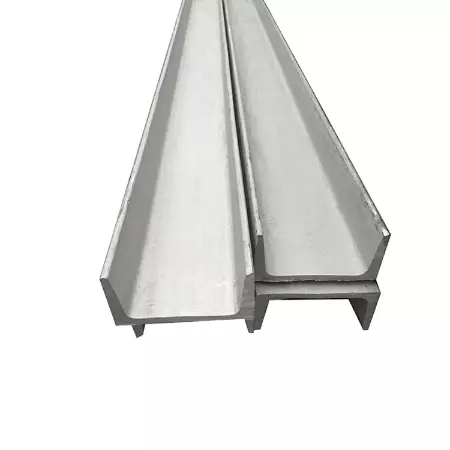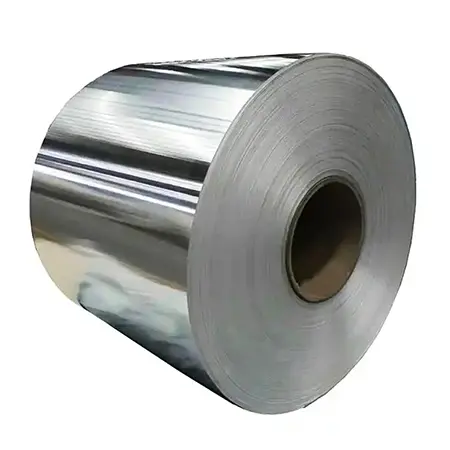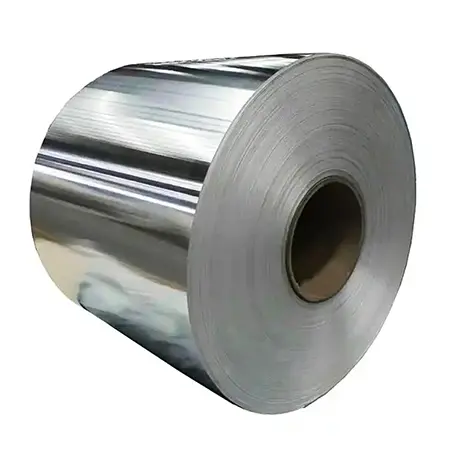Stainless steel channel bars, also known as C-channels, are structural members that resemble the letter "C" in cross-section and are made from stainless steel. Stainless steel is an alloy primarily consisting of iron, with a significant amount of chromium (at least 10.5%), which provides excellent corrosion resistance and durability.
Ingredients:
1. Chromium (Cr) - This is the key element responsible for the stainless properties of the steel by forming a passive oxide layer on the surface, protecting it against rust and corrosion.
2. Nickel (Ni) - Often added to form austenitic grades like 304 or 316 stainless steel, which enhances ductility, weldability, and increases resistance to corrosion, especially in acidic and chloride environments.
3. Molybdenum (Mo) - Found in some grades (like 316), molybdenum improves resistance to pitting and crevice corrosion often caused by chlorides and other harsh chemicals.
4. Other elements - Depending on the specific grade of stainless steel, additional alloying elements might include carbon for strength, manganese for toughness, silicon for deoxidation, nitrogen for increased strength, and sometimes copper or titanium for specialized properties.
Uses:
- Construction: In building structures where high corrosion resistance is needed, such as frameworks, support beams, and braces in chemical plants, food processing facilities, marine environments, and coastal buildings.
- Industrial Applications: For framing, track systems, guide rails, conveyor systems, and machine bases in industries that require hygiene and resistance to wear and corrosion, like pharmaceuticals and manufacturing.
- Mechanical Engineering: As supports for heavy machinery, equipment mounting brackets, and suspension components due to their load-bearing capacity and resistance to deformation.
- Transportation Infrastructure: Used in railway tracks, bridges, and highway sign structures that need to withstand harsh weather conditions without degradation.
In essence, stainless steel channel bars provide a robust and corrosion-resistant solution for a variety of applications requiring structural integrity over long periods with minimal maintenance. The material's inherent strength, formability, and aesthetic appeal make it popular across various sectors.
Stainless steel has a smooth surface, high plasticity, toughness and mechanical strength, and is resistant to corrosion by acids, alkaline gases, solutions and other media. It is an alloy steel that does not rust easily, but not absolutely rust-free.Generally speaking, stainless steel may be subdivided into four basic families; Austenitic, Ferritic, Martensitic, and Percipitation Hardening.
| Product | Stainless Steel Channel |
| Grade | 200 series, 300 series, 400 series, 500 series, 600 series, 900 series. |
| Length | 6000 mm |
| Thickness | Customized |
| Surface | 2B etc. |
| Technology | Hot Rolled & Cold Rolled |
| Place of origin | Jiangsu, China |
| Type | Channel |
| Application | Construction. Kitchen industry etc. |
| MOQ | 1000kg |
| Port | Shanghai, Tianjing, Qingdao |




